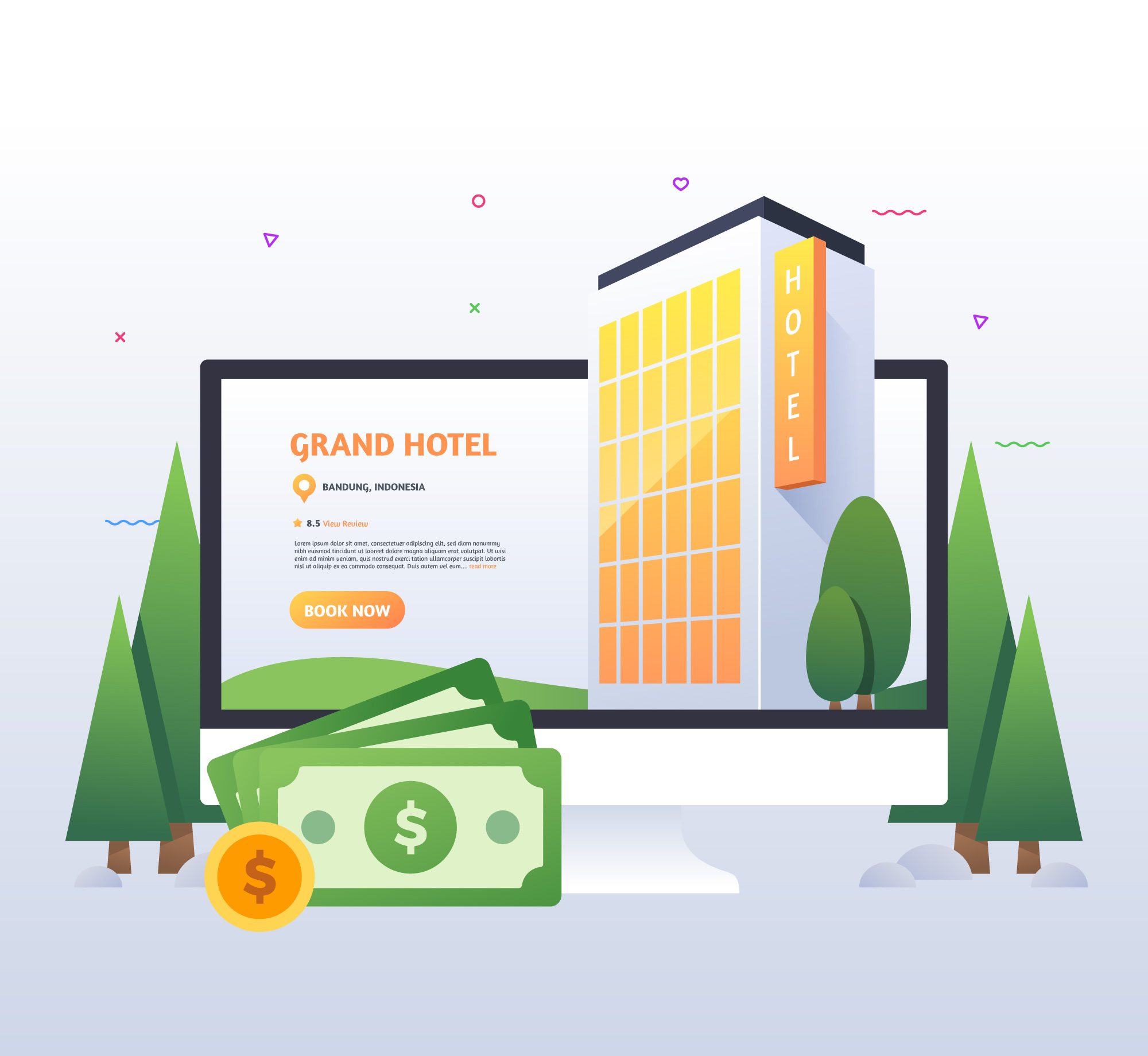Managing property maintenance can be time-consuming and expensive without the right tools. Adopting property maintenance software is a cost-effective solution to streamline operations and reduce expenses. Here’s how you can cut costs with property maintenance software (PMS) and enhance your property management process.
1. Automating Tasks to Cut Costs with PMS
Property maintenance software automates repetitive tasks like scheduling repairs, sending reminders, and tracking work orders. This reduces the need for manual labor, helping you cut costs with PMS by saving time and minimizing errors.
2. Reducing Downtime and Maintenance Delays
With real-time updates and notifications, property maintenance software ensures timely responses to maintenance requests. Quick resolution of issues prevents prolonged downtime, helping property owners cut costs with PMS by avoiding larger repair expenses and tenant dissatisfaction.
3. Tracking Expenses and Budgets
One of the most significant advantages of using property maintenance software is its ability to track expenses effectively. Detailed reports and analytics provide insights into spending patterns, enabling property managers to identify areas for cost savings. This feature makes it easy to cut costs with PMS while maintaining quality services.
4. Enhancing Resource Allocation
Property maintenance software optimizes resource allocation by identifying the most cost-effective solutions for repairs and maintenance. From assigning tasks to monitoring inventory, this software helps managers cut costs with property maintenance software by reducing waste and maximizing efficiency.
Conclusion
Using property maintenance software is a strategic way to streamline operations and reduce unnecessary expenses. Whether it’s automating tasks, reducing downtime, or enhancing resource management, this tool helps property managers save money and improve efficiency. Explore more benefits and insights on operational efficiency at Bedots.
Read more: GIS Mapping in Real Estate: Uses & Benefits



